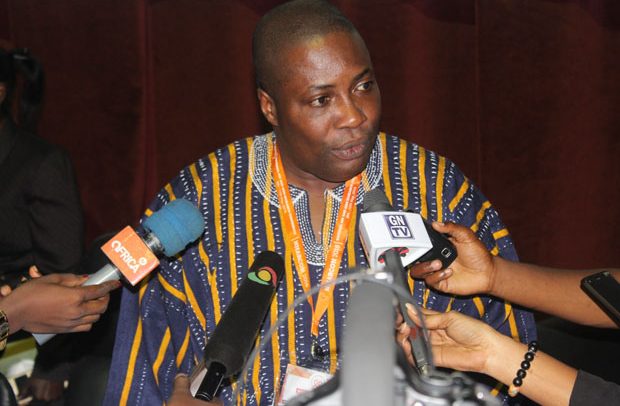Dr Stephen Ayisi-Addo speaking with the media
The Greater Accra and Ashanti Regions have topped the national HIV prevalence chart, recording a rate of 3.2 percent each.
This new figure released by the Ghana AIDs Commission in its 2017 HIV Sentinel Survey (HSS) and Estimates Report saw a take-over from the Brong-Ahafo and Volta Regions which topped the 2016 HIV rates.
The Western Region with a rate of 2.4 percent placed third in the regional chart while the Volta Region dropped from its first position to the fourth with 2.3 percent.
The report also placed Eastern Region at the fifth position, Brong-Ahafo, sixth; Central Region, seventh and Upper West and Upper East taking the eighth and ninth positions respectively.
The Northern Region had the lowest prevalence of 0.6 percent; a position it has maintained.
Dr Stephen Ayisi-Addo, the programme manager at National AIDS and STI Control Programme (NACP), who released the report, said about 18, 711 samples were collected nationwide for the report and drawn from 40 sentinel sites within a period of four months spanning September to December 2017.
He said the HSS report which targeted pregnant women attending antenatal clinics in selected ANC sites found out that the prevalence of HIV among pregnant women attending the antenatal clinic in the country was on a downward trend.
“A linear trend analysis confirmed a declining epidemic since the year 2000, placing the median prevalence for 2017 at 2.1 percent,” he said.
Dr Ayisi-Addo, however, pointed out that new HIV infections in the country have increased to 70.15 percent in just one year.
“The figure increased from 12,000 new infections in 2015 to 20,418 in 2016.
The increase in new infections is a matter of concern because Ghana recorded significant gains in the key target areas of ending HIV/AIDS for five years,” he stated.
The Ghana AIDS Commission (GAC) report also revealed that in 2016, a total of 15,116 people in Ghana died of HIV and AIDS-related illness.
By Jamila Akweley Okertchiri


